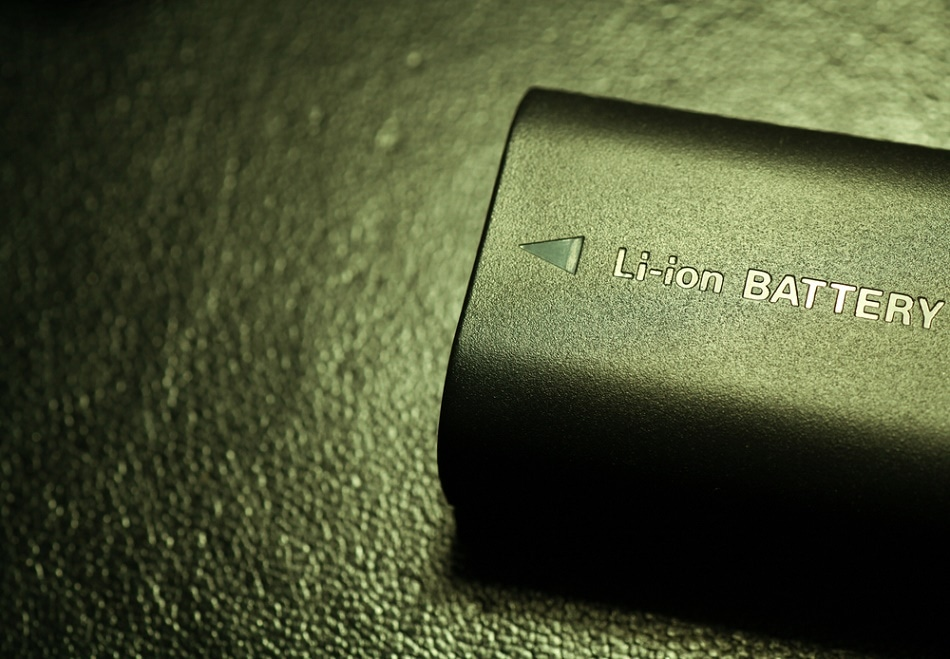A number of research organizations have investigated the use of QPAC®40 polypropylene carbonate (PPC) and QPAC®25 polyethylene carbonate (PEC) in solid lithium ion battery applications.

Image Credits: Janaka Dharmasena/shutterstock.com
For many years, ongoing research focused on finding an alternative to liquid electrolyte batteries due to their inherent safety issues mostly because of the combustion and volatility of the liquid carbonate organic electrolyte.
Solid polymer electrolytes are also capable of offering improved flexibility and process ability. The challenge with the past solid polymer electrolyte has been low ionic conductivity. An increased volume of work has been done to overcome this past issue so that the solid lithium batteries function as well as the liquid polymer batteries.
Polyalkylene Carbonate Polymers
QPAC ®40 polypropylene carbonate and QPAC®25 polyethylene carbonate are both being investigated as polymer candidates for electrolytes. Carbonate based solvents are generally used as the electrolyte solution in Li-ion batteries due to their high dielectric constant.
Thus, the carbonate groups of QPAC®25 and QPAC®40 offer a good structure for the polymer framework. The work demonstrates that the PEC is capable of forming a high performing polymer matrix for the electrolyte and shows extremely good ion conductive properties. Additional work by other groups concentrated on PPC for the polymer matrix.
Properties of Polyalkylene Carbonate Polymers
On the whole, the use of both QPAC®40 polypropylene carbonate and QPAC®25 polyethylene carbonate showed high conductivity and high ionic transference number along with improved mechanical strength.
The results reveal comparable performance to liquid electrolyte battery technology. Thus, the flexibility constraints and safety issues of liquid polymer batteries can be completely prevented without sacrificing performance by using these polyalkylene carbonate polymers in the electrolyte formulation.

This information has been sourced, reviewed and adapted from materials provided by Empower Materials.
For more information on this source, please visit Empower Materials.